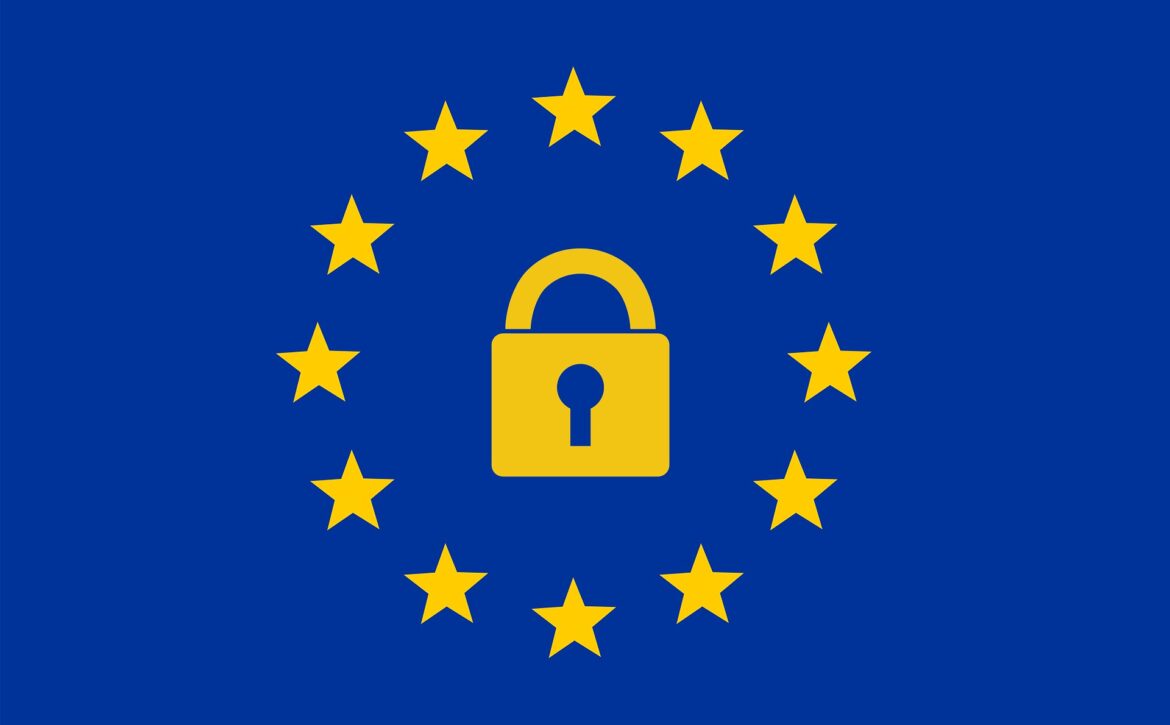
As artificial intelligence transforms legal practice, lawyers must navigate a new landscape of ethical considerations. While AI tools offer tremendous potential to enhance efficiency and service delivery, they also present unique challenges to our professional obligations. Based on existing regulatory frameworks and professional standards, here are the four essential ethical rules every lawyer should follow when implementing AI in their practice.
1. Competence: Master Your Digital Tools
The duty of competence has always required lawyers to provide skilled representation to clients. In the age of AI, this duty extends to digital literacy.
What This Means in Practice:
- Stay Informed: Commit to ongoing education about AI technologies relevant to legal practice. This doesn’t mean becoming a data scientist, but rather understanding fundamental concepts and developments that affect your practice areas.
- Understand Limitations: Recognize what generative AI can and cannot do. These systems excel at certain tasks but have significant blind spots and limitations. Knowing these boundaries is crucial for responsible implementation.
- Verify Outputs: Never accept AI-generated content without thorough review. Verification is essential for everything from legal research to document drafting. Remember the cautionary tale of attorneys who submitted fictional case citations generated by AI.
Bottom Line: Professional competence now includes technological competence. Know your tools, understand their limitations, and never trust AI output blindly.
2. Confidentiality: Protect Client Information
Client confidentiality remains sacrosanct, regardless of the technologies employed in legal practice. AI tools often process data on external servers, creating new vectors for potential confidentiality breaches.
What This Means in Practice:
- Data Protection: Implement robust safeguards for client data entered into AI systems. Consider what information is shared, how it’s transmitted, and where it’s stored.
- Vendor Assessment: Thoroughly evaluate AI providers’ data security protocols, terms of service, and privacy policies. Ensure they meet or exceed regulatory requirements for data protection.
- Client Communication: Inform clients about your use of AI tools in their matters and obtain appropriate consent when necessary. Transparency builds trust and ensures clients can make informed decisions.
Bottom Line: Your duty of confidentiality doesn’t change when using AI—protect client data with the same rigor you apply to any other aspect of your practice, and ensure your technology partners do the same.
3. Accountability and Supervision: Maintain Professional Control
Lawyers remain ultimately responsible for all work product, regardless of how it’s generated. AI tools are assistants, not replacements for professional judgment.
What This Means in Practice:
- Exercise Independent Judgment: Use AI as a tool to support—never supplant—your professional judgment. The final decision-making authority must always rest with you.
- Develop Internal Policies: Establish clear guidelines for appropriate AI use within your practice. Document when AI may be used, what oversight is required, and how outputs should be verified.
- Supervise AI Usage: Monitor how AI tools are employed in your firm. Ensure all AI-generated content meets your professional standards before it reaches clients or courts.
Bottom Line: AI can enhance your practice, but it cannot replace your professional responsibility. Establish clear protocols for AI implementation and maintain rigorous supervision of all outputs.
4. Communication: Maintain Transparency with Clients
Clear communication has always been fundamental to the attorney-client relationship. AI introduces new elements that should be disclosed and discussed.
What This Means in Practice:
- Disclosure: Inform clients when and how AI tools are utilized in their matters. This transparency helps manage expectations and builds trust.
- Informed Consent: Obtain explicit permission from clients before processing their sensitive information through AI systems, particularly when using third-party platforms.
- Address Concerns: Create space for clients to express any reservations about AI use in their matters, and be prepared to address these concerns thoughtfully.
Bottom Line: Keep clients informed about your use of AI tools and secure their consent when appropriate. Clear communication prevents misunderstandings and preserves trust.
Conclusion: Responsible Innovation
These four principles—competence, confidentiality, accountability, and communication—provide a framework for ethically integrating AI into legal practice. By adhering to these guidelines, lawyers can harness the benefits of artificial intelligence while upholding the core values of the legal profession.
As AI technology continues to evolve, so too will the ethical considerations surrounding its use. Staying informed about both technological developments and emerging ethical standards will be essential for all legal professionals navigating this new frontier.
Remember that ethical AI use isn’t just about compliance—it’s about maintaining the trust, quality, and professional judgment that clients expect and deserve from their legal counsel. By implementing these principles, lawyers can innovate responsibly while preserving the essential human elements that remain at the heart of the legal profession.




